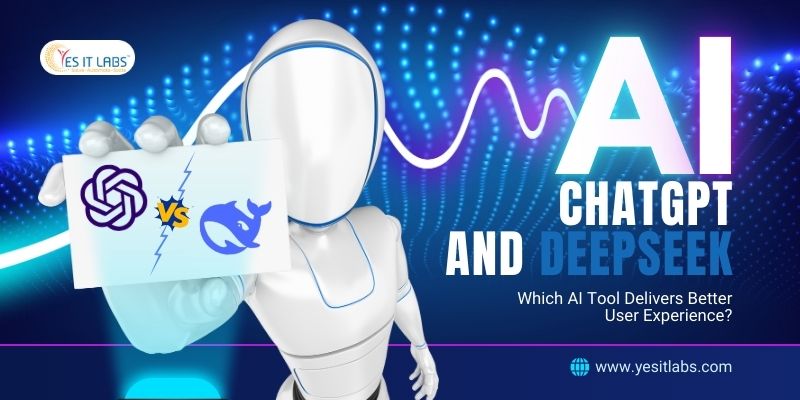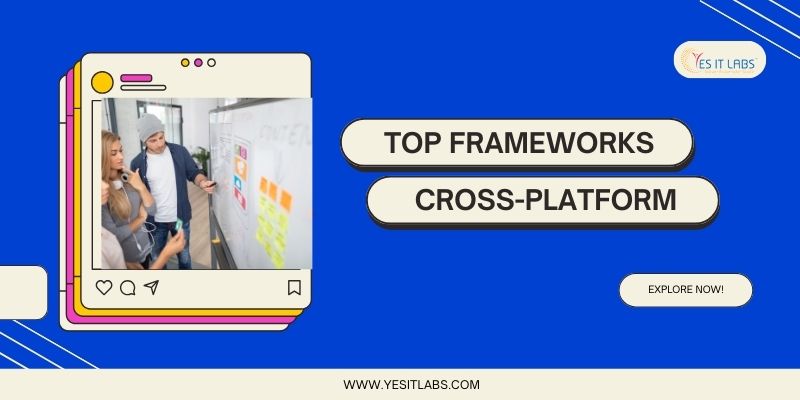
 By Admin
By Admin Laravel 11: New Features and Improvements
Laravel 11, released on March 12, 2024, represents a significant evolution in the Laravel framework, continuing its tradition of delivering simplicity, elegance, and robust features for developers. With a host of new capabilities, Laravel 11 enhances productivity, streamlines application development, and introduces new tools for better security, performance, and real-time capabilities. This version empowers developers to build scalable, secure, and efficient web applications faster and more easily than ever before. Below are the key features and improvements you can expect from Laravel 11:
1. Streamlined Application Structure
Laravel 11 introduces a more minimalistic application skeleton, simplifying the structure and making it easier for developers to start new projects with reduced boilerplate code. The folder structure has been reorganized for better readability, allowing a quicker understanding of a project’s architecture.
The bootstrap/app.php file has become the central hub for key application configurations. Here, developers can now configure routes, middleware, service providers, and exception handling in a unified space. This centralization of settings enhances maintainability, particularly in large projects, making it easier to modify application-wide configurations without the need to hunt for them across multiple files.
Additionally, the simplified architecture ensures that developers new to Laravel can onboard quickly, while seasoned developers will appreciate the focus on efficiency and clarity in project structure. Many businesses, especially a Laravel development company, can benefit from these streamlined changes, improving project setups.
2. Per-Second Rate Limiting
The per-second rate limiting feature is one of Laravel 11’s most anticipated updates. In previous versions, developers could only apply rate limits on a per-minute basis. With Laravel 11, the framework now allows API endpoints and other routes to have precise per-second rate limits, giving developers greater control over traffic management.
This is especially beneficial for applications that experience high levels of traffic or need to throttle specific actions, such as login attempts or API calls. Per-second rate limiting enables more dynamic management of user requests and helps prevent abuse, ensuring fair usage across the application. The granularity also provides better protection against brute-force attacks, making security practices more efficient.
3. Health Routing
Keeping your application running smoothly requires constant monitoring of system health. Health routing in Laravel 11 enables developers to define specific routes that return the status of various parts of their application, such as the database, cache system, or third-party services.
This new feature simplifies infrastructure monitoring by integrating easily with external tools like Prometheus or Grafana, offering real-time insights into application health. Whether you’re tracking the performance of your database, your Redis cache, or external API connections, health routing ensures that potential problems can be detected early, minimizing downtime and improving response times to incidents.

4. Graceful Encryption Key Rotation
Maintaining application security without downtime can be a challenge, especially when it comes to rotating encryption keys. Laravel 11 introduces graceful encryption key rotation, allowing encryption keys to be rotated without disrupting user sessions or data integrity.
This feature is particularly important for applications that handle sensitive data, such as financial transactions or personal information. With Laravel 11, encryption keys can be rotated as part of routine security audits or compliance requirements without affecting the live application. This means developers can increase security while ensuring continuous service availability—avoiding any user disruption during the rotation process.
Businesses that offer custom web application development services will find this feature invaluable when managing security protocols for their clients’ applications, minimizing risk during key rotations.
5. Queue Testing Improvements
In Laravel 11, queue testing has seen major improvements. Queued jobs are essential for handling background tasks such as sending emails, processing images, or handling third-party API requests. In previous versions, testing queues required complex setup, but Laravel 11 provides better testing tools to simulate job execution.
The new improvements enable developers to easily test different states of queued jobs, such as successful execution, failure, and retry logic, within their test suites. This means developers can now ensure that their background tasks run smoothly, with fewer bugs slipping through into production. With this improvement, debugging queued jobs becomes faster and more intuitive, reducing downtime for tasks that depend on them.
6. Resend Mail Transport
Communication reliability is critical for many web applications, and Laravel 11 tackles this with the introduction of Resend Mail Transport. This feature ensures that emails that fail to send on the first attempt can be automatically retried.
For developers handling high-volume email systems, this feature provides peace of mind by reducing the number of undelivered emails, such as order confirmations, password resets, or transactional messages. Configurable retry strategies mean that developers can specify custom backoff times or alternative transports to ensure email delivery, especially in scenarios where email servers might experience temporary issues.
7. Prompt Validator Integration
Validation is a critical part of web development, ensuring that incoming data from forms or APIs meets the necessary criteria. Laravel 11 introduces Prompt validator integration, enhancing the framework’s already robust validation capabilities.
This new feature simplifies the process of validating complex user input and provides more customizable feedback mechanisms. Developers can now create even more efficient validation rules for large-scale forms or nested data, improving both backend security and frontend user experience. The Prompt validator also works seamlessly with Laravel’s form request classes, offering real-time validation hints and suggestions.
For businesses looking to hire Laravel developers, this feature provides a competitive edge, as efficient validation systems can ensure higher quality applications with less effort.

8. New Artisan Commands
Laravel’s Artisan command-line interface (CLI) is one of the framework’s most powerful features, and with Laravel 11, several new Artisan commands have been added to make development tasks easier. These commands streamline everyday tasks like database management, clearing caches, handling queue workers, and running tests.
For example, the new commands related to queue management and cache invalidation allow developers to manage long-running processes without needing to manually interact with the underlying services. Artisan now offers even more tools to increase developer productivity and improve the overall application lifecycle management.
9. Laravel Reverb: First-Party WebSocket Server
One of the most exciting additions to Laravel 11 is Laravel Reverb, a scalable first-party WebSocket server designed for real-time communication. This feature allows developers to build real-time applications such as chat systems, live notifications, or dashboards without relying on third-party services like Pusher.
By integrating directly with Laravel’s event broadcasting system, Reverb makes it easy to set up WebSocket connections and broadcast updates to connected clients. This is ideal for modern applications where real-time interactions are key to user engagement. Reverb is also fully scalable, meaning it can handle anything from a small chat application to large-scale real-time data feeds.
10. Default Settings: Pest and SQLite
In Laravel 11, Pest is now the default testing framework, following a community vote led by Taylor Otwell. Pest brings a simpler and more modern syntax for writing tests, helping developers create cleaner and more readable test suites. For those still relying on PHPUnit, Pest provides full backward compatibility, so developers can enjoy the best of both worlds.
Additionally, SQLite is now the default database for new Laravel projects. This makes setting up new projects quicker and simpler, especially for rapid development and testing environments. SQLite’s lightweight nature and zero-configuration approach mean developers can start coding immediately without needing a full database server.
Professional Insights
- Docker-First Development: Laravel 11 includes Docker-ready configurations with Laravel Sail, making local development environments more consistent across teams. Developers can spin up Docker containers that mirror production environments, ensuring there are no discrepancies between local and live setups.
- Optimized Blade Compiler: Laravel 11’s Blade template engine has received a significant performance boost, with faster compilation times and reduced memory usage. This is particularly useful for applications with large and complex view hierarchies.
- Tighter Integration with Laravel Octane: For high-performance applications, Laravel 11’s deeper integration with Laravel Octane allows developers to leverage long-running PHP processes with Swoole or RoadRunner. This drastically reduces request-response times by avoiding the bootstrapping overhead on every request, making it ideal for handling high-traffic APIs or microservices.
Conclusion
Laravel 11 delivers a range of new features and enhancements designed to streamline the development process, improve performance, and enhance real-time capabilities. Whether you’re working on a large-scale enterprise application or a small personal project, Laravel 11’s focus on efficiency, security, and developer experience makes it a must-have tool for modern web development. With powerful additions like Laravel Reverb, graceful encryption key rotation, and per-second rate limiting, this version sets a new standard for what developers can achieve with PHP.
Tags: best website development company in usa, custom web development company, custom web development company usa, custom web development services usa, freelance laravel developer, hire Laravel Developer, hire laravel freelancers, Laravel 11, Laravel 11 Features and Improvements, laravel developer for hire, laravel developer hire, laravel development agency, Laravel Development Company, laravel development company in usa, laravel development services, laravel development specialists, laravel web development company, web application development usa, web development services usa, website development company in usa, website development servicesLatest Resources
ChatGPT and DeepSeek: Which AI Tool Delivers Better User Experience?
January 29, 2025
Top Frameworks for Cross-Platform App Development in 2025
January 22, 2025
A Guide to Types of Artificial Intelligence (AI)
January 14, 2025
Key Benefits of React Native App Development
January 7, 2025
Leveraging AI in Startup Software Development: Trends and Tips
December 30, 2024











 Services
Services

